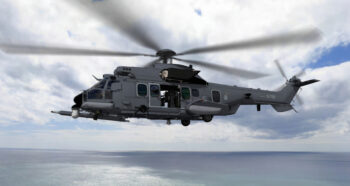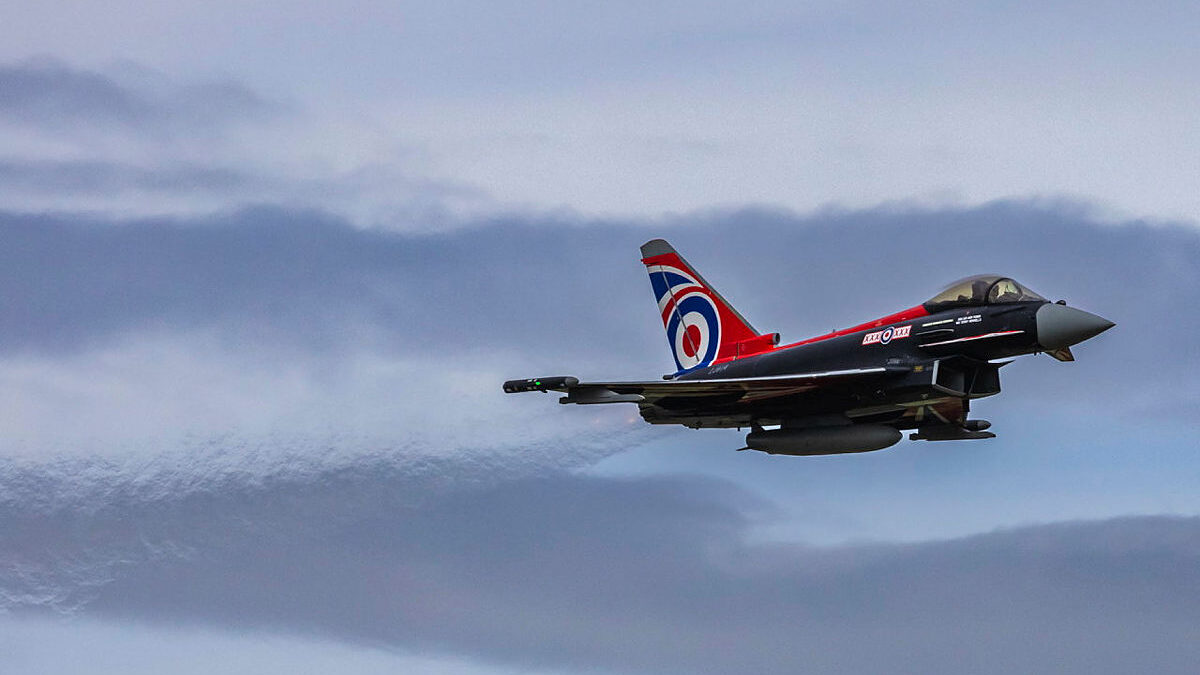
A Royal Air Force display Eurofighter Typhoon “Blackjack” takes flight at the Royal International Air Tattoo 2023. (UK MoD)
BELFAST — Billed as an opportunity to take stock of warfighting trends in Ukraine and integrate them to national defense policy, the UK’s Defence Command Paper (DCP23) offers industry much needed partial acquisition reform, according to military analysts and academics — even if it largely reflects a military force constrained by British spending troubles.
As the paper outlines, the MoD plans on making a “maximum five-year commitment for acquisition programmes, with a maximum three-year commitment for digital programmes” mandatory, suggesting the time between contract award to delivery will be expedited, although the most ambitious and expensive programs, are exempt. The paper does not put forward any penalties for suppliers if they miss delivery targets.
Joshua Huminski, director of The Mike Rogers Center for Intelligence and Global Affairs, told Breaking Defense that “small innovators” are likely to be “pretty optimistic” about the new program timeline plans for the commercial incentives they bring and “for the primes, there’s really no downside for the longer-lead programs.”
Douglas Barrie senior fellow for military aerospace at the UK-based International Institute for Strategic Studies (IISS) military think tank, considered any reduction in acquisition timelines “a laudable aim” but cautioned “the difficulty is in delivery.”
Similarly, posting on social media, Emma Salisbury, a PhD candidate specializing in military-industrial complex issues at the University of London, said of the section in DCP23 dedicated to “a new alliance with industry” that it “could be a very interesting shift in how the military-industrial complex functions.” She later added, the alliance “would solve a lot of intransigent problems in acquisitions and the DIB [defense industrial base] if it does [work].”
The “new alliance” is one of four major priorities set out by DCP23, alongside people, strengthening the UK’s scientific and technology research base, and reforming defense “enterprise” productivity.
The new acquisition rules come in the wake of MoD has facing consistent criticism from lawmakers for acquisition cost overruns, misjudged spending and long delays for equipment to reach frontline operations.
A UK Defence sub-committee report into the state of UK defense procurement, published on Sunday, said it had discovered a system, “which is highly bureaucratic, overly stratified, far too ponderous, with an inconsistent approach to safety, very poor accountability and a culture which appears institutionally averse to individual responsibility.”
At times, IISS’s Barrie suggested, the MoD has demonstrated an ability to deliver equipment at pace, but agreed with the wider lawmakers position on bureaucracy.
“Past urgent operational requirements show that the acquisition process can — for many types of equipment or capability — be sped up, but the ministry’s own bureaucracy has often been an impediment in wider, mainstream procurement,” he explained.
Despite the promise of acquisition reform, DCP did not approve additional spending or new orders for any major air, land, sea or space acquisition and failed to reverse a cut in the size of the British Army to 72,500 personnel from 2025. New spending of £2.5 billion ($3.2 billion) for weapons stockpiles to replace supplies sent to Ukraine was announced however.
Defending the decision not to make any major procurements or force design changes, Ben Wallace, UK defense secretary, told lawmakers during the unveiling of the paper on Tuesday, that Russia had proved “there is no point having military parades, ground armies, mass ranks and many machines if they cannot be integrated as a single full spectrum force sustained in the field…. That takes professional forces, well-equipped and rapidly adaptable, supported by critical enablers and vast stockpiles of munitions.”
As a result, “you won’t find any shiny new announcement on… unsustainable force designs and any new platforms for military enthusiasts to put on a chart in their bedroom wall,” he said.
Even so, Wallace added that in 2024, the UK “will spend over £50 billion on defense for the first time in our history.”
He stressed the paper’s approach was based around “how to drive the lessons of Ukraine into our core business to recover the warfighting resilience needed to generate credible conventional deterrence.”
Strategic analysis from the document updates the position of the integrated review of defense from 2021 by identifying that the “immediate threat to the Euro-Atlantic region and to the UK has increased sharply” because of Russia’s war in Ukraine and argues China “poses an enduring and epoch-defining global challenge to British interests – including Defence interests.”

UK defense secretary Ben Wallace (center) is to leave his post at the next cabinet reshuffle (UK MoD)
It also lays out plans for the formation of a multi-domain capable Global Response Force, which promises to “respond to crisis, project power and campaign constantly,” and will be made up of deployed and high-readiness forces, although no timescale has been set for it to standup.
Huminski suggested that overall, DCP23 shows the MoD “trying to make a virtue of fundamental and structural weaknesses” associated with spending and equipment problems. “They are trying to do more with less because they know they’re not going to get more [money].”
In an attempt to cover over the issues, the MoD has decided to make the situation “look like a good thing” by presenting the case “we will be lighter, more lethal, more responsive and more resilient,” added Huminski.
The bleak economic situation faced by London has been in the spotlight all the more because of the war in Ukraine and the increase in defense spending across Europe to counter Russia’s aggression. But from within political circles “there is no one talking seriously” about the UK spending 3 percent GDP on defense, according to David Lawrence, research fellow for the UK in the World Programme at Chatham House, an international affairs think tank. The 3 percent pledge was previously committed to by former UK Prime Minister Liz Truss, but the current government has set a long term target of 2.5 percent.
“There’s not a great deal of [extra] money at the moment available to the MoD,” added Barrie. “The economy is still struggling to kind of recover from the impact of Brexit. The UK has got to keep a close eye on its expenditure, but at the same time, make sure it is positioned to deal with the security environment that it now finds itself in.”
Though the decision not to acquire more aircraft, ships, tanks or satellites looks out of step with threats facing the UK, Barrie said it could be linked to longer term political developments.
“Given the timelines for some of these things, if new orders were placed today, by the time whoever comes to lead [a new] government in 2025 there is a fair chance they will put the orders on ice and look at everything from the ground up again,” he explained.
“In some ways this is a holding paper…so placing any new [equipment] orders becomes a bit of a hostage to fortune situation. Really the paper gave the MoD a chance to focus on things that don’t normally get as much coverage like enablers, munitions, stockpiles and people.”
Elsewhere, DCP23 stresses the importance of the trilateral AUKUS partnership, and particularly how the program will cover development of AI, cyber, hypersonic, counterhypersonic capabilities and undersea warfare, opening the way for improved “interoperability with our closest partners” and help “maintain our technological and military edge.”
But even there Lawrence cautioned that the complexity of that new arrangement meant there was a danger that AUKUS becomes a “magic black box lacking in detail.”
[hubspot-form portalid=’2097098′ formid=’5b7a7013-dd8f-4af1-950e-1c6aa0f253c1′]








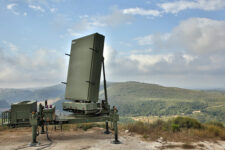

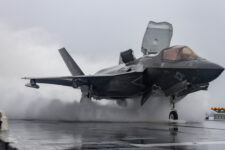





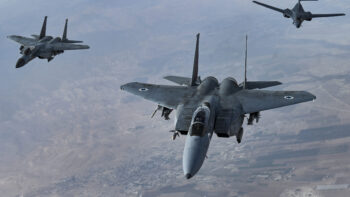
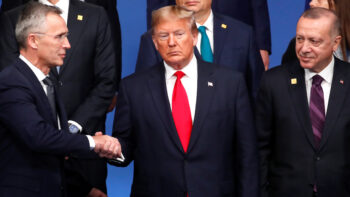
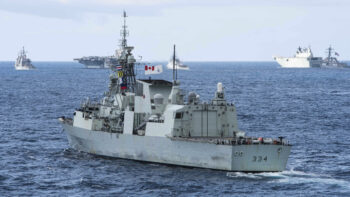
![vlcsnap-2023-01-25-09h34m31s959[1]](https://breakingdefense.com/wp-content/uploads/sites/3/2024/11/vlcsnap-2023-01-25-09h34m31s9591-350x175.png)

